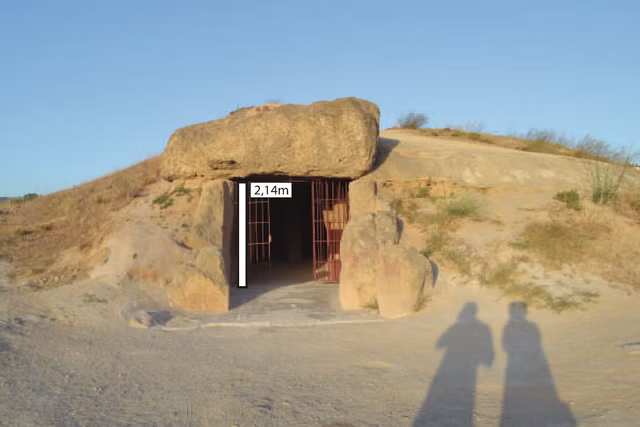Scientists have snapped the most high-resolution pictures of black holes ever taken from the ground.
These two black holes, situated at the hearts of our galaxy and another galaxy named M87, were imaged by the Event Horizon Telescope (EHT) Collaboration, according to a new paper in The Astronomical Journal.
The new, crisper images of the black holes were created thanks to the detection of light with a frequency of 345 GHz, which could be combined with existing images of black holes captured in 230 GHz light.
The new images have 50 percent higher definition than the ones before and reveal greater details of the areas around the black holes' event horizon.
"With the EHT, we saw the first images of black holes by detecting radio waves at 230 GHz, but the bright ring we saw, formed by light bending in the black hole's gravity, still looked blurry because we were at the absolute limits of how sharp we could make the images," study co-author Alexander Raymond, a former postdoctoral scholar at the Center for Astrophysics | Harvard & Smithsonian (CfA), current astrophysicist at NASA's Jet Propulsion Laboratory (NASA-JPL), said in a statement.
"At 345 GHz, our images will be sharper and more detailed, which in turn will likely reveal new properties, both those that were previously predicted and maybe some that weren't."
These more detailed images will allow astrophysicists to better measure the shape and size of the black holes.
These black holes—M87* and Sgr A*—are supermassive black holes found at the center of galaxies. These black holes are incredibly dense regions in space where the gravitational pull is so strong that not even light can escape from them. Unlike stellar-mass black holes, which form from the collapse of massive stars, supermassive black holes have masses ranging from millions to billions of times the sun's mass.
Sgr A*, or Sagittarius A*, is at the center of the Milky Way galaxy, while M87* is at the center of a galaxy named M87 (Messier 87), 5 million light-years from Earth.
M87* is an extraordinarily massive black hole, with a mass estimated to be about 6.5 billion times that of our sun, while Sgr A* has a mass of about 4.3 million times our sun.
M87* gained worldwide fame in April 2019 when it became the first black hole directly imaged by the Event Horizon Telescope, revealing a bright ring of hot gas and dust swirling around the dark black hole. In May 2022, the Event Horizon Telescope collaboration released the first image of Sgr A*
These images in the new 345 GHz frequency were captured using a network of multiple radio dishes around the world. This allowed researchers to perform very-long-baseline interferometry (VLBI) to spy on the black holes. The new frequency images also allow the frequencies to be combined in a single image, revealing a "color vision" of the black holes.
"To understand why this is a breakthrough, consider the burst of extra detail you get when going from black and white photos to color," study co-author Sheperd "Shep" Doeleman, an astrophysicist at the CfA and the Smithsonian Astrophysical Observatory (SAO), and Founding Director of the EHT said in the statement.
"This new 'color vision' allows us to tease apart the effects of Einstein's gravity from the hot gas and magnetic fields that feed the black holes and launch powerful jets that stream over galactic distances."
Researchers hope to use 345 GHz light to create videos of black holes for the first time in the future.
"The EHT's successful observation at 345 GHz is a major scientific milestone," Lisa Kewley, Director of CfA and SAO, said. "By pushing the limits of resolution, we're achieving the unprecedented clarity in the imaging of black holes we promised early on, and setting new and higher standards for the capability of ground-based astrophysical research."
Do you have a tip on a science story that Newsweek should be covering? Do you have a question about black holes? Let us know via science@newsweek.com.
References
Raymond, A. W., Doeleman, S. S., Asada, K., Blackburn, L., Bower, G. C., Bremer, M., Broguiere, D., Chen, M.-T., Crew, G. B., Dornbusch, S., Fish, V. L., García, R., Gentaz, O., Goddi, C., Han, C.-C., Hecht, M. H., Huang, Y.-D., Janssen, M., Keating, G. K., ... Zhao, S.-S. (2024). First Very Long Baseline Interferometry Detections at 870 μm. The Astronomical Journal, 168(3), 130. https://doi.org/10.3847/1538-3881/ad5bdb
Disclaimer: The copyright of this article belongs to the original author. Reposting this article is solely for the purpose of information dissemination and does not constitute any investment advice. If there is any infringement, please contact us immediately. We will make corrections or deletions as necessary. Thank you.



